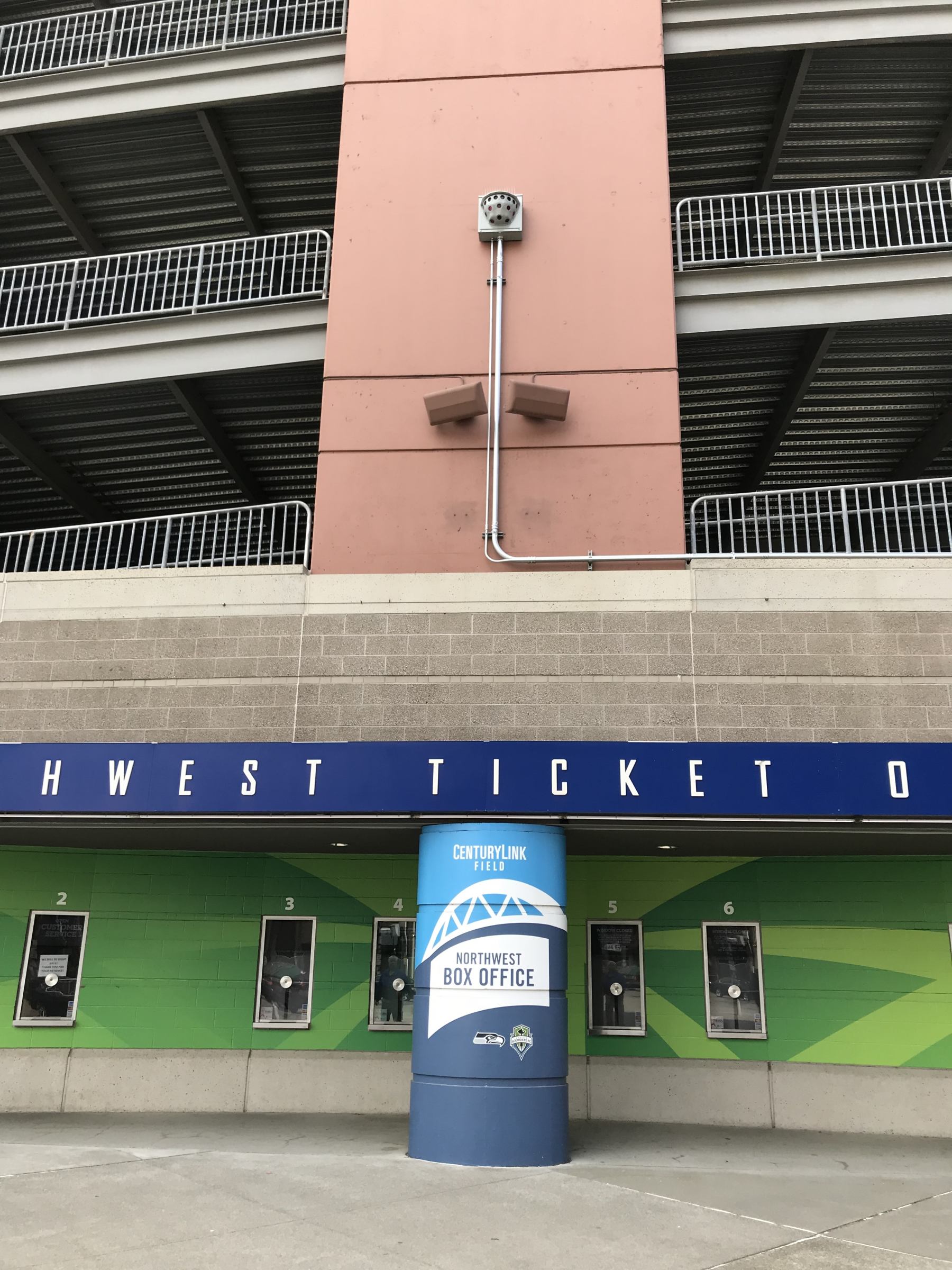
Airports are flooded with people and cargo around the clock. For security practitioners, it could seem impossible to catch everything that happens in such a wide, crowded space. Stadiums and other large, public venues require near-perfect surveillance systems to do so. For most locations today, immersive surveillance is not a reality. This could change, however, with new technology developed by the Department of Homeland Security (DHS) Science and Technology Directorate (S&T).
S&T’s Immersive Imaging System was recognized at the recent annual R&D 100 Conference among the 100 most exceptional innovations in science and technology from 2018. The prestigious R&D 100 Award was presented to the S&T Apex Screening at Speed program for its novel 360-degree, single-vantage-point surveillance capability. Funded by S&T and developed at the Massachusetts Institute of Technology Lincoln Laboratory, the Immersive Imaging System could provide security practitioners with vastly greater imagery than any prior camera system, collecting visual data that is both clear and comprehensive. Offering high-resolution images and 360-degree coverage, the system provides full scene situational awareness of areas of interest with rapid forensic capabilities and real-time actionable data analytics.
The Immersive Imaging System provides a more continuous means of surveillance, especially in congested locations such as airport terminals, with thousands of people filtering through daily.
“Currently, there is a clear divide between monitoring pre-checkpoint, the checkpoint, and the secure area once passengers are cleared. In the future, we want to be able look at the whole process, from the curb to the checkpoint,” said John Fortune, S&T Program Manager. “The Immersive Imaging System will enable situational awareness across an entire airport terminal.”
A 360-degree view will help maximize visibility for a curb-to-gate solution, or application in other busy locations such as Century Link Field (Home of the Seattle Seahawks) where the system is currently being demonstrated.
Many cameras today are pan-tilt and must be pointed directly at areas in need of surveillance, forcing operators to choose either a high-resolution view of a small area or a low-resolution, larger area view. The 360-degree cameras currently available are mostly low-resolution and inform other pan-tilt cameras where to look.

The Immersive Imaging System transforms 360-degree surveillance by delivering a resolution sufficient to identify a person’s face at distances up to 100 meters in all directions simultaneously, adding a new layer of safety to high-impact locations. Using up to 50 individual, high-resolution lenses, the system stitches the many perspectives into a single, continuous image. The system’s graphical user interface incorporates viewer software with detection and video processing algorithms, delivering a constant, all-encompassing feed, Fortune explained.
It also allows multiple operators at once to scan and zoom across the whole 360-degree span digitally, selecting areas to designate for automated alerts as well as play back archived footage to review critical events. Full-resolution footage can be stored and retrieved from the camera for up to 30 days, and image compression allows for efficient capture of data. One challenge, of course, is managing the volume of data collected from such a powerful system over long time periods. However, the Immersive Imaging System’s storage solution enables extremely high data rates, which further supports real-time surveillance.
Along with Century Link Field, the system is also being piloted at the Federal Law Enforcement Training Centers (FLETC) in Glynco, Georgia.
This high resolution camera array provides first responders and critical infrastructure owners with increased capability to identify threats and analyze incidents with better quality analytics as compared to today’s CCTV systems, explained Jim Grove, S&T Portfolio Manager to FLETC. The goal of the pilot is to provide requirements for analytical software and development of a mobile version of the system, which could be used at crowded areas and high-risk events.

